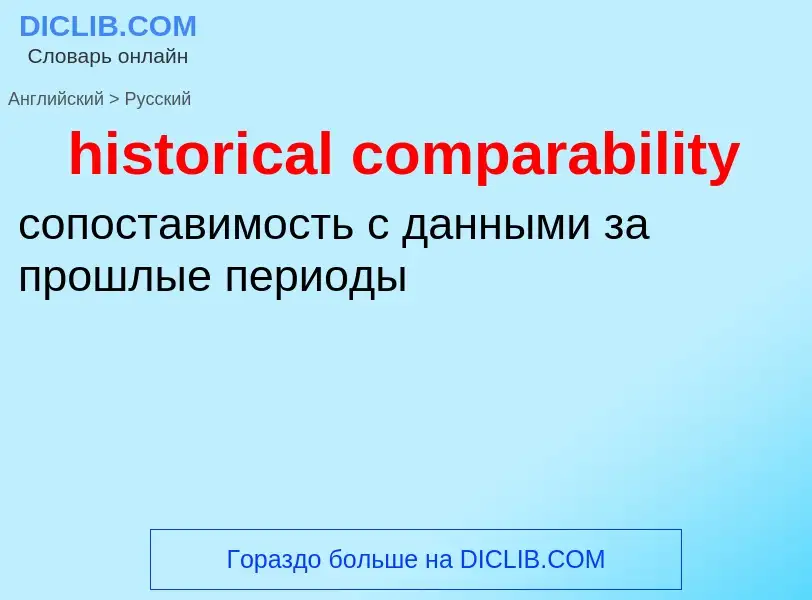Vertaling en analyse van woorden door kunstmatige intelligentie ChatGPT
Op deze pagina kunt u een gedetailleerde analyse krijgen van een woord of zin, geproduceerd met behulp van de beste kunstmatige intelligentietechnologie tot nu toe:
- hoe het woord wordt gebruikt
- gebruiksfrequentie
- het wordt vaker gebruikt in mondelinge of schriftelijke toespraken
- opties voor woordvertaling
- Gebruiksvoorbeelden (meerdere zinnen met vertaling)
- etymologie
historical comparability - vertaling naar russisch
Definitie
Wikipedia

The historical-grammatical method is a modern Christian hermeneutical method that strives to discover the biblical authors' original intended meaning in the text. According to the historical-grammatical method, if based on an analysis of the grammatical style of a passage (with consideration to its cultural, historical, and literary context), it appears that the author intended to convey an account of events that actually happened, then the text should be taken as representing history; passages should only be interpreted symbolically, poetically, or allegorically if to the best of our understanding, that is what the writer intended to convey to the original audience. It is the primary method of interpretation for many conservative Protestant exegetes who reject the historical-critical method to various degrees (from the complete rejection of historical criticism of some fundamentalist Protestants to the moderated acceptance of it in the Roman Catholic tradition since the Divino afflante Spiritu encyclical letter), in contrast to the overwhelming reliance on historical-critical interpretation in biblical studies at the academic level.
The historical-grammatical method arose in the context of the Enlightenment in the Western world. Prior to this, Medieval Christianity tended to emphasize the four senses of Scripture: the literal, allegorical, moral, and anagogical; however, interpretation is always subject to the Church's magisterium. The process for determining the original meaning of the text is through examination of the grammatical and syntactical aspects, the historical background, the literary genre as well as theological (canonical) considerations. While there is not a common Eastern Orthodox Christian hermeneutic, Orthodox scholars tend to draw upon spiritual and allegorical readings of the Bible, in conversation with the Church Fathers and the Church's traditions.



![2004 filming of a 19th-century film scene set in [[London]] 2004 filming of a 19th-century film scene set in [[London]]](https://commons.wikimedia.org/wiki/Special:FilePath/LondonSmog.jpg?width=200)
